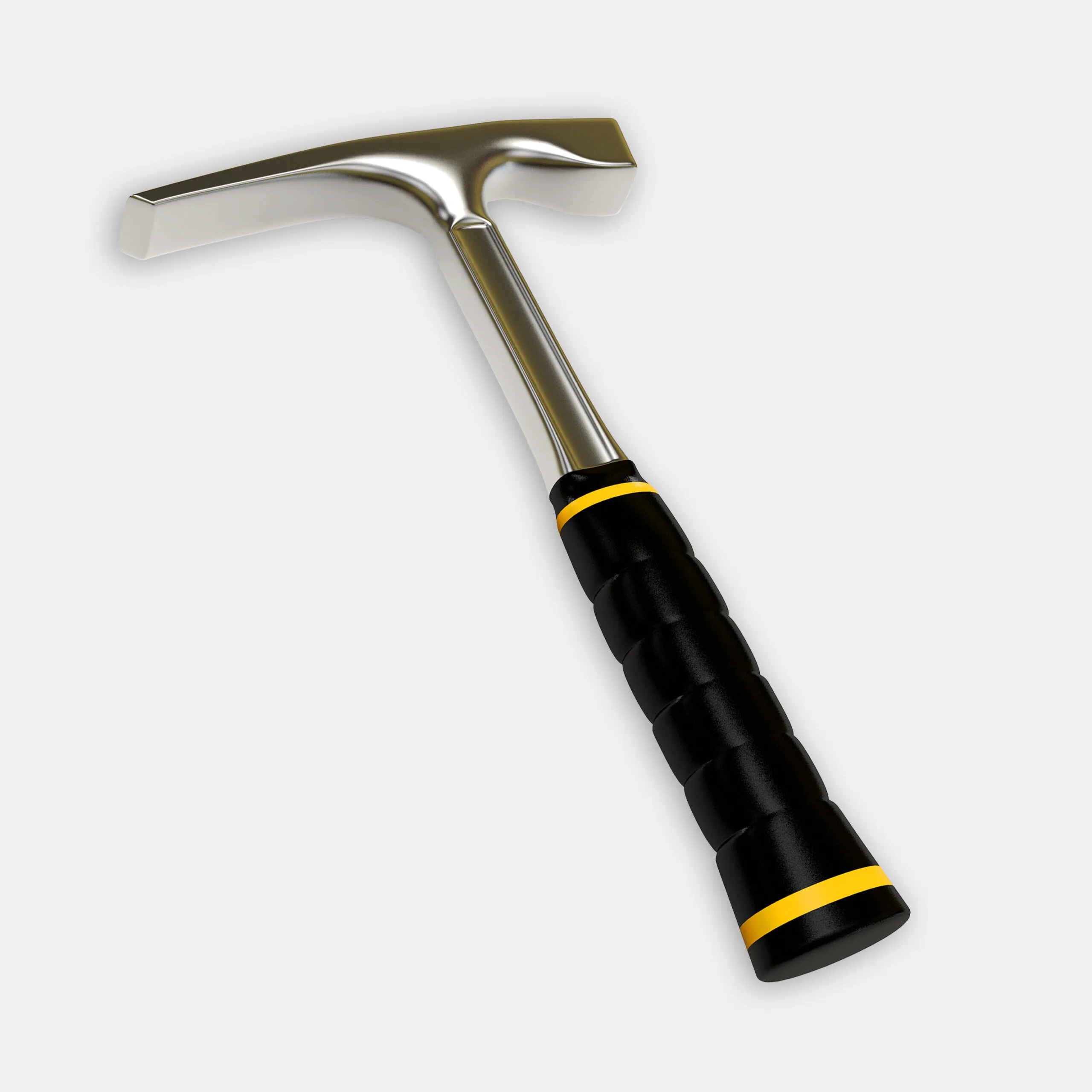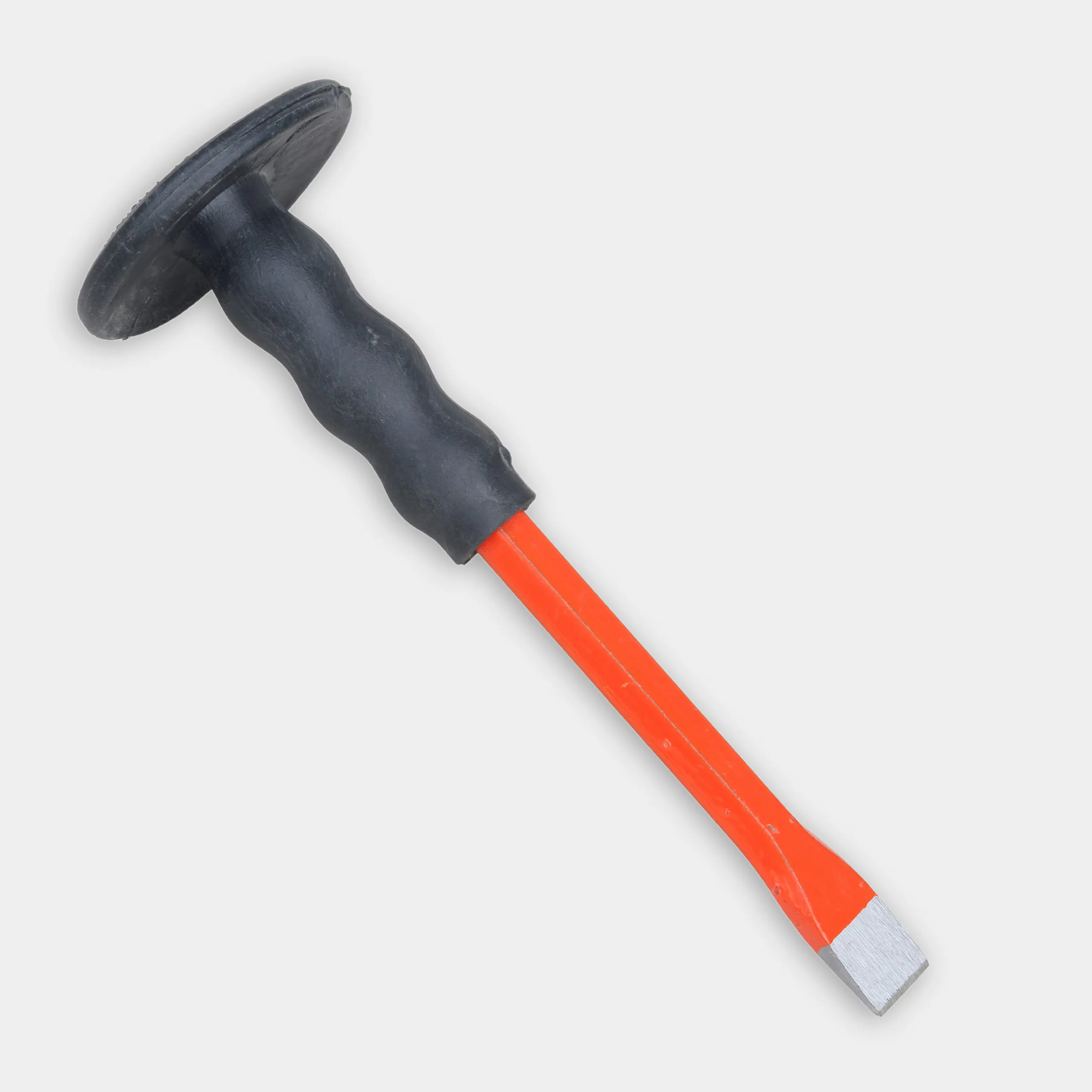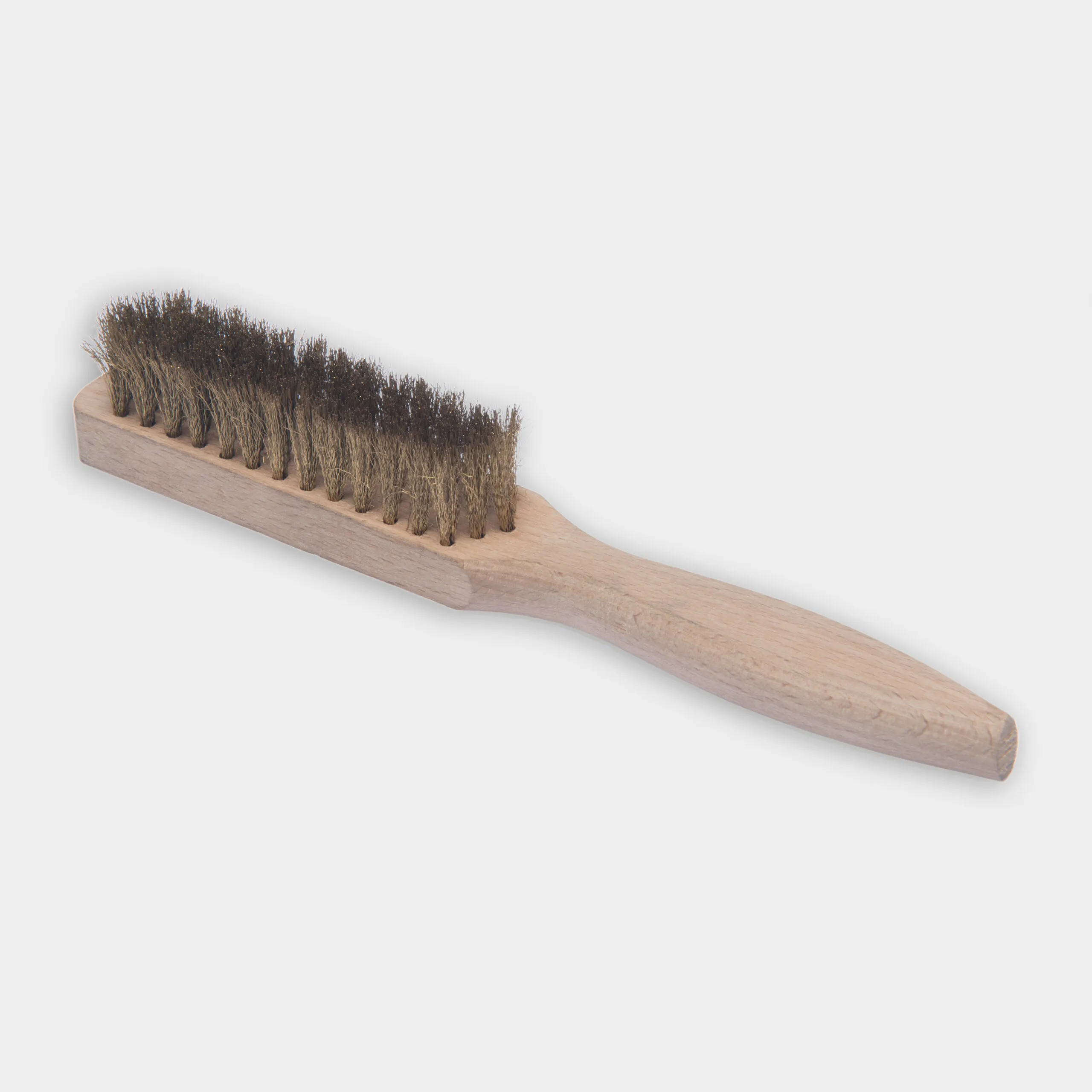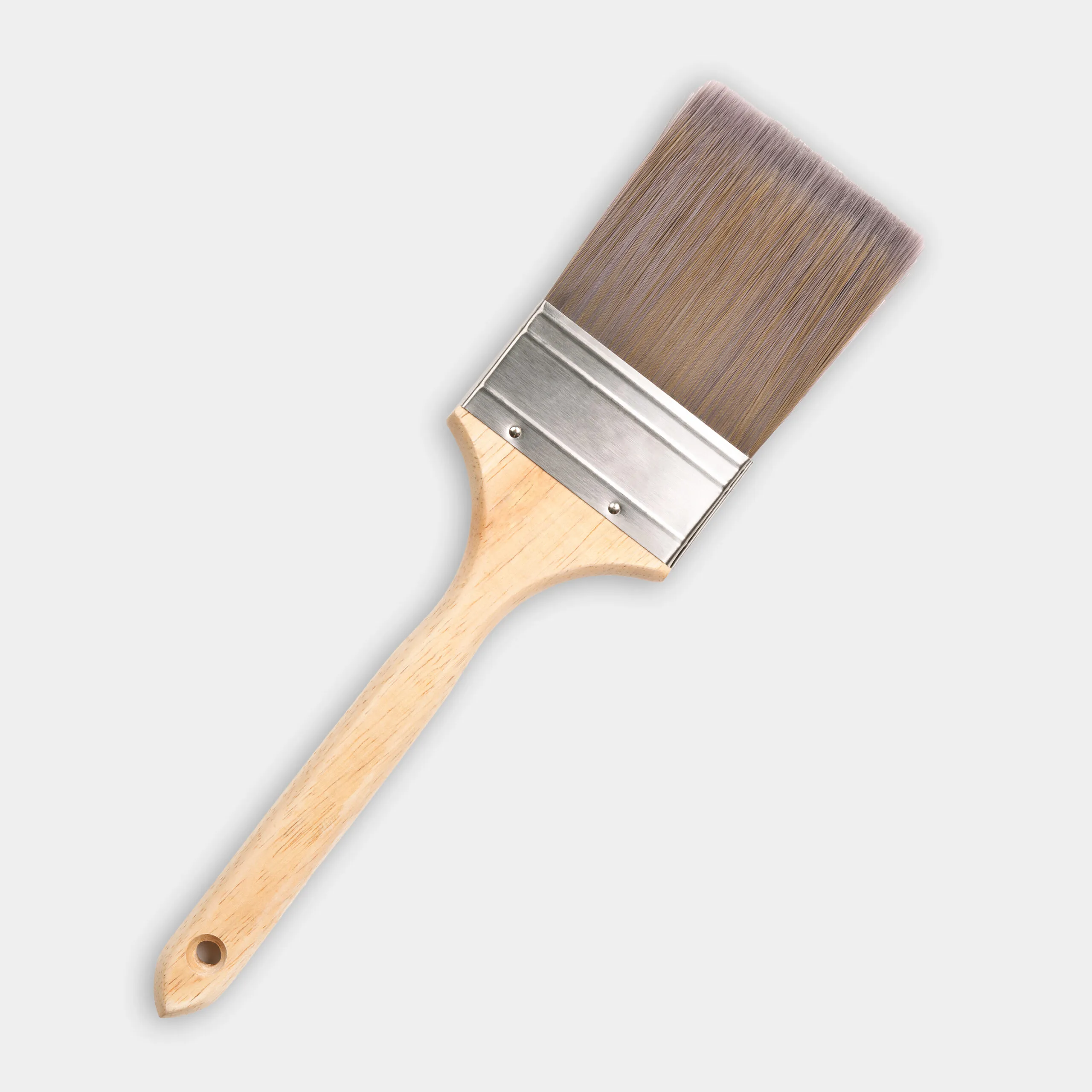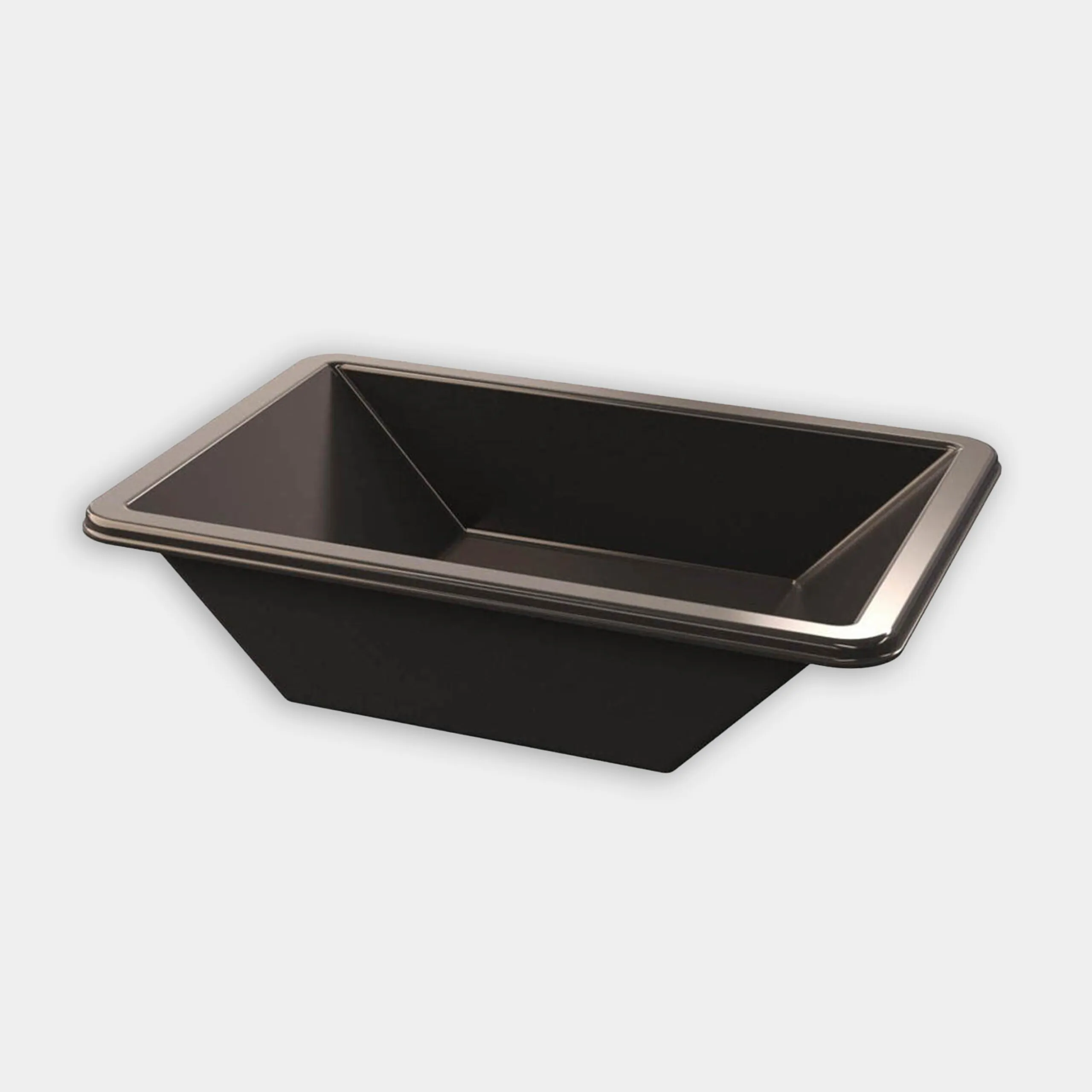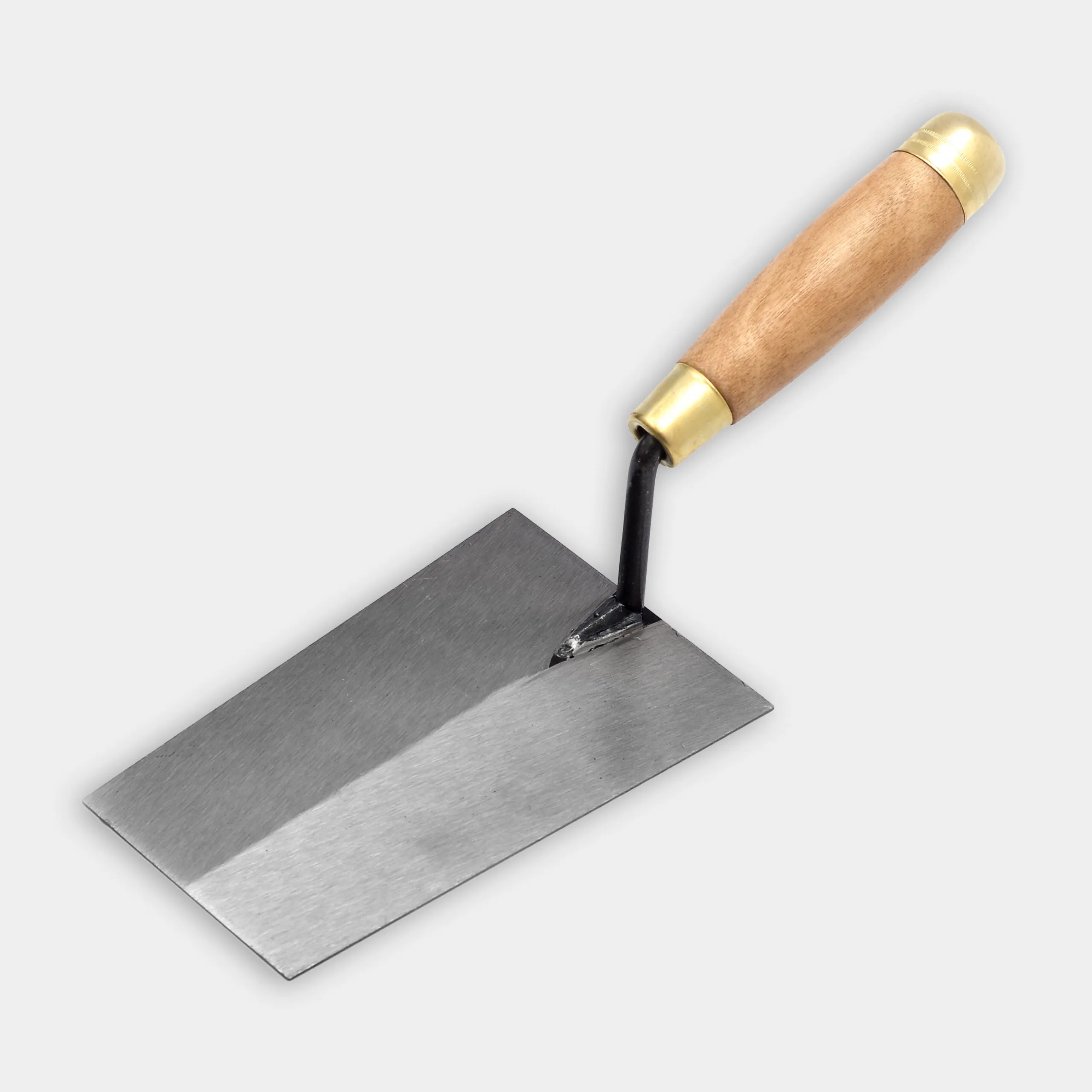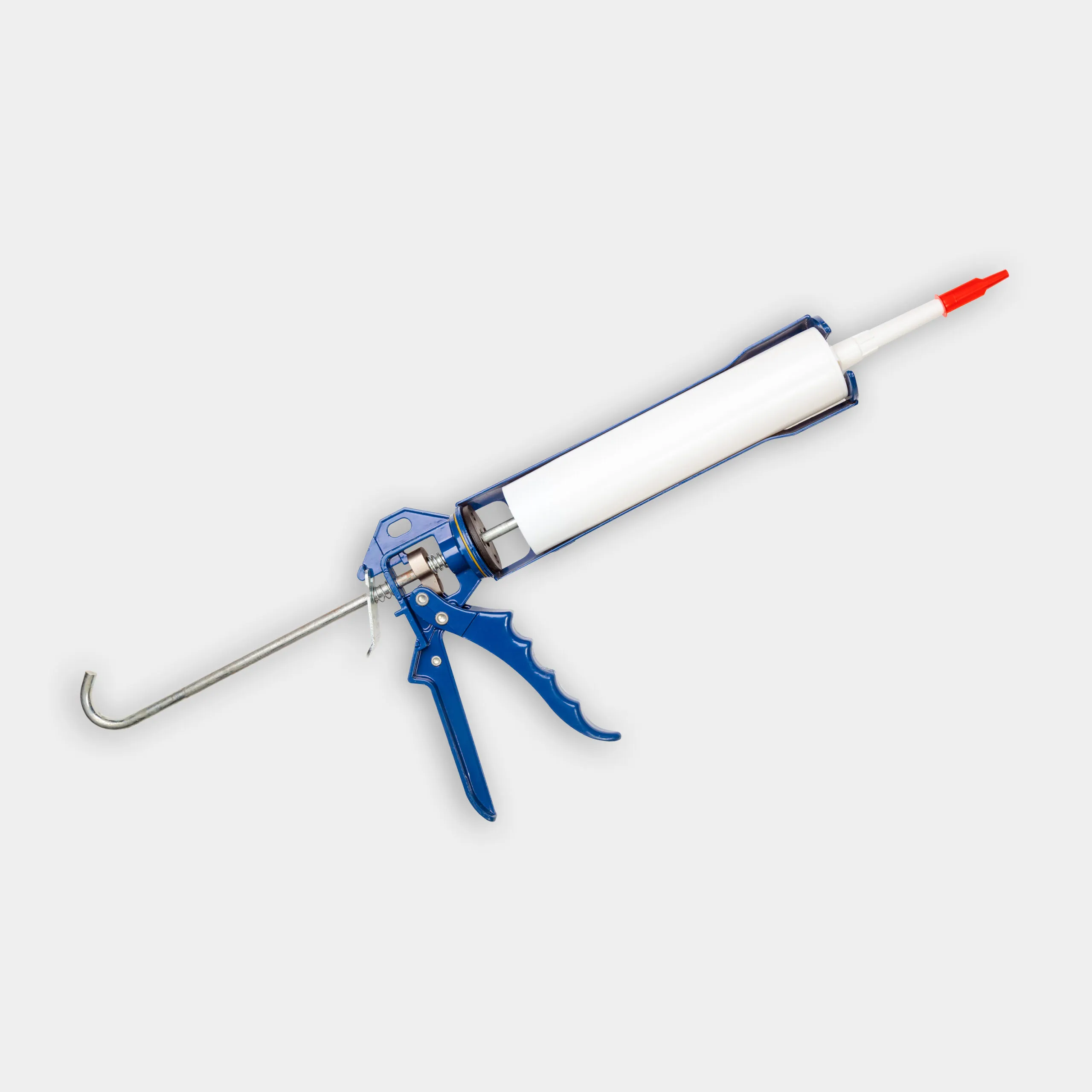Project details
Skill
Cost
Estimated Label
We may be compensated if you purchase through links on our website. Our team is committed to delivering honest, objective, and independent reviews on home products and services.
Flagstone steps add natural beauty and durability to your home, but over time, they may loosen or wear down. Repairing flagstone steps can be a simple DIY project that restores both safety and style to your entryway. In the video above, Ask This Old House mason Mark McCullough shows how to repair your flagstone steps, addressing common issues like loose stones and deteriorating joints.
Preparing for Flagstone Repair
Before starting, gather the necessary tools and materials to make the process smoother and more efficient.
Tools
You need the following tools:
- Caulking gun
- Cold chisel
- Large sponge
- Masonry hammer
- Masonry trowels
- Mortar trough
- Paintbrush
- Stiff bristle brush
Materials
You also need the following materials:
- Concrete bonding agent
- Construction adhesive
- Masonry sealer
- Paintable caulk
- Painter’s tape
- Type S mortar mix
- Water
Steps To Repair Flagstone
Follow these steps to repair your flagstone steps and restore their look and function.
1. Removing Loose Stones and Old Mortar
Begin by identifying and removing any loose flagstones. Use a hammer and cold chisel to break the mortar bond around the loose stone. Hold the chisel upright and strike with the hammer to crush the joint. Once the mortar is loose, slide the chisel under the flagstone and remove it.
Next, use the chisel and hammer to remove the existing mortar bed and any mortar around the bordering stone. Clear away any dust and loose grit with the masonry brush or stiff bristle brush to prepare for the new mortar.
2. Cleaning the Area
Make sure the area where you’ll be working is clean. Remove all debris, dust, and loose material to create a strong bond for the new mortar. A clean surface helps the new mortar hold better and last longer.
3. Applying Bonding Agent
Brush a concrete bonding agent onto the exposed concrete. This step keeps the concrete from pulling moisture out of the mortar too fast. Coat the surface and edges of the stone and mortar to help them stick together.
4. Mixing and Applying New Mortar
Mix the Type S mortar in a mortar trough according to the instructions on the package. Add water slowly while stirring until the mortar is thick, like oatmeal.
Use a masonry trowel to spread the mortar onto the prepared area. Press down lightly with the edge of the trowel to create small ridges, which help the stone bond to the mortar. Spread the mortar to the edges of the surrounding stones.
5. Resetting the Flagstones
Place the flagstone into the bed of mortar and wiggle it into place so it’s aligned with the existing floor.
If excess mortar comes up around the edges, scrape it off carefully. For stones at the edge of a step, pack extra mortar under the stone for added support.
6. Filling Joints and Smoothing Surfaces
Use the sponge, a bit of water, and light pressure to remove the excess mortar from the stone surfaces and smooth the joints. This will pull the sand aggregate up from the joint, giving it a rougher look to match the existing floor. Keep working on the area until you’re happy with the result.
Fixing Gaps Between Flagstone and Wood
When flagstone meets wood structures, such as stair risers, you’ll need to make a flexible joint to allow for movement and avoid cracking.
Here’s how to create a “soft joint”:
- Clean out old material from the gap.
- Use painter’s tape to line the edges of the gap.
- Fill the gap with paintable caulk.
- Smooth the caulk using a bit of dish soap on your finger.
- Remove the tape and allow the caulk to dry.
McCullough showcases this method by smoothing out the caulk seam, creating a seamless finish.
Finishing Touches of Flagstone Repair
After completing the repair work, there are a few final steps to guarantee the longevity and appearance of your flagstone steps:
- Applying masonry sealer: Once the repair has cured, apply a masonry sealer to the entire flagstone surface. This sealer protects the stone and mortar from moisture and adds a subtle shine. It also helps blend the new repair with the existing stone for a smooth, finished look.
- Curing time: Let the repaired area sit for about 28 days to fully dry and harden. This gives the mortar time to reach full strength.
- Routine maintenance: To keep your flagstone steps in good shape, clean them regularly. Sweep away debris to prevent buildup, and check the steps for any small cracks or loose stones. Fixing small problems early can help avoid bigger repairs later.
